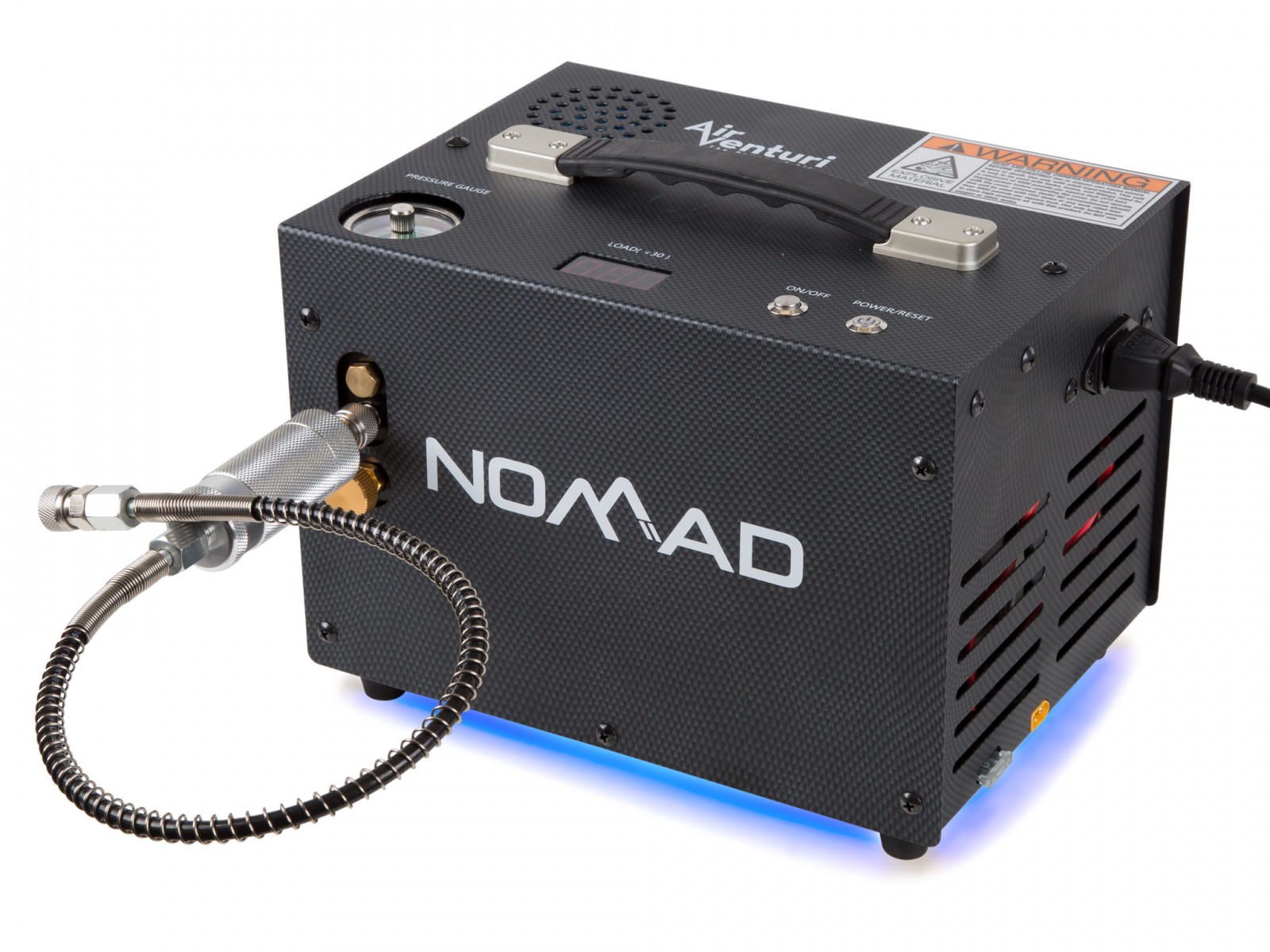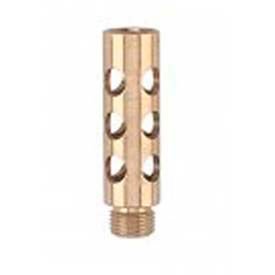
Smaller holes typically increase carb signal. QFX-series annular booster utilize between 12-17 fuel discharge holes. The shearing effect also reduces fuel puddling.”
#Air venturi power booster full
“Going from a standard banjo booster to a full bell booster makes the air tumble as it goes through the carb, which improves atomization and keeps fuel off the intake runner walls. This makes the fuel droplets much smaller and easier to atomize,” said Quick Fuel’s Marvin Benoit. “Our annular boosters have anywhere from 12-17 holes, whereas a standard booster only has one hole. In addition to changing the size of the booster to manipulate carb signal, booster design can be altered to affect fuel atomization and distribution as well.

There are lots of variables to consider, so it’s always best to consult with the carb manufacturer.” The total cfm of the carb, fuel selection, and the venturi-to-throttle bore variation all determine which type of booster is ideal. “Of course, the opposite applies to smaller boosters. A smaller-diameter insert increases the carb signal as well,” said Bill Wetzel of Quick Fuel Technology. “The larger the banjo of the booster, the higher the carb signal. Changing the diameter and height of the boosters dramatically affect carb signal and fuel delivery. Annular booster have been used to effectively increase the signal in race carbs for many years, but not all annular boosters are created equal. Options include a standard banjo booster, a 1-inch skirted banjo booster, and a 1.100-inch full banjo booster.Īnnular boosters are larger than traditional boosters and have small discharge holes along their circumference to help with fuel atomization. Because air pressure is sacrificed in favor of big volume, booster design is critical to creating the carb signal necessary to operate over an acceptable rpm range.Īll Quick Fuel Technology QFX-series carbs feature annular boosters. These big carburetors are tasked with supplying the necessary volume of air to meet a high performance street or race engine’s needs at the upper rpm levels. While traditional straight- and down-leg boosters work fine in a relatively small street carburetor, larger 4500-series race carbs often demand more carb signal than they can provide. This is where booster design becomes important. As the venturi diameter and total carburetor airflow increases, carb signal naturally decreases - Bernoulli’s Principle. Again, the size of the venturi determines the overall airflow capacity of the carburetor. Shown here is a straight-leg booster design. Downleg boosters are similar in design to a straight booster, but are positioned lower to improve signal.Ĭarburetor boosters have evolved to keep pace with the changing demands of drag racing engines. Straight-Leg/Down-Leg vs. Annular Boosters Optimum booster shape and configuration for a given application depend on things like carburetor size, power, and intended purpose of the vehicle. There are different booster shapes and designs. By changing the shape and configuration of the booster, you can alter just how much fuel is added to the incoming air and how the fuel is ultimately distributed.


This is especially helpful at lower engine speeds to help move calibrated amounts of fuel from the float bowl into the engine. It’s called a booster because it boosts the pressure drop as air passes through the bigger venturi. That’s why the booster, or venturi booster, was developed.Ī booster is essentially a smaller venturi inside the larger, main venturi. This lower pressure reduces the carb signal necessary to push adequate, atomized fuel through the main jet and into the airstream. For example, larger venturi will flow higher amounts of air but at a reduced pressure compared to smaller venturi. Booster BasicsĬarburetors are designed with Bernoulli’s Principle in mind. Air inlets, venturi design, and booster styles work in conjunction with one another to create the right balance of airflow and velocity for a given application. Specifically, as air speed increases, its pressure decreases. fuel pressure), but it also pertains to airflow. This principle, called Bernoulli’s Principle, was originally applied toward fluid dynamics (think fuel flow vs. To truly understand how carburetors work, you first have to know Daniel Bernoulli.īernoulli was an 18th century scientist who discovered that pressure is inversely proportional to velocity.


 0 kommentar(er)
0 kommentar(er)
